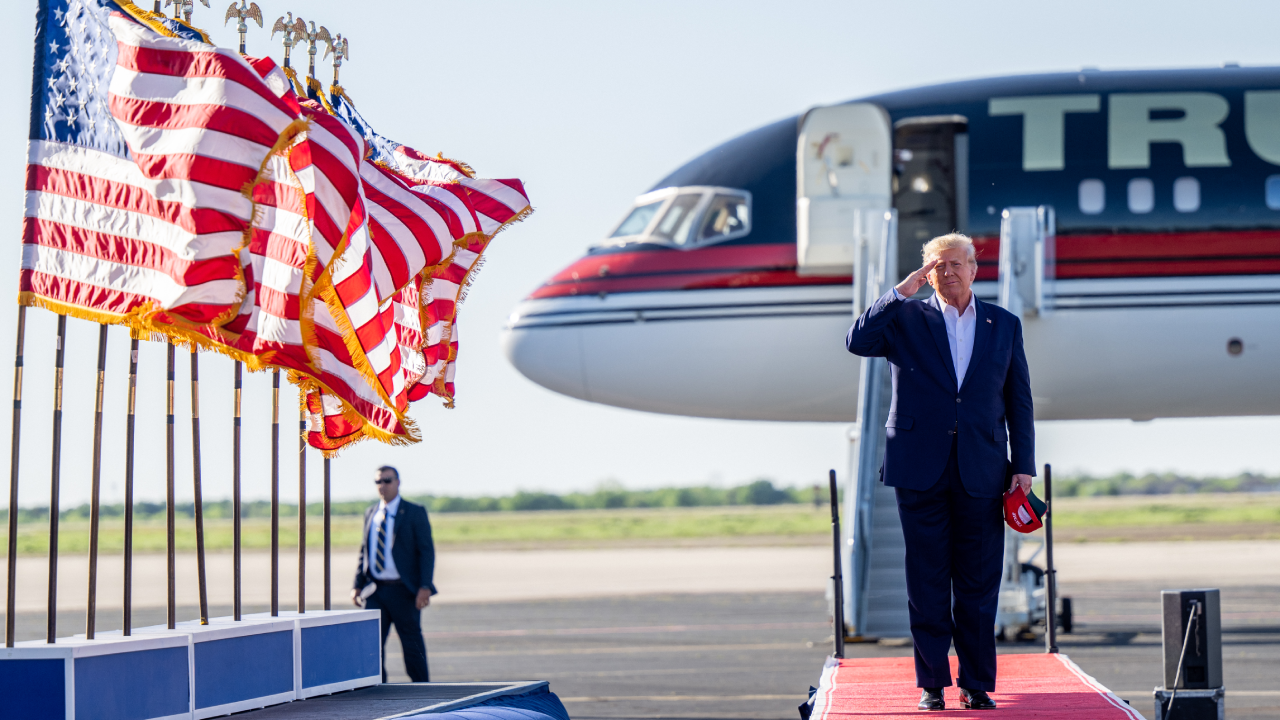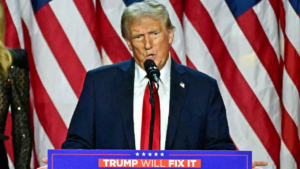Trump thinks aggressive tariffs will help small businesses. Will they really work?

On the campaign trail, Donald Trump has called tariffs “the greatest thing ever invented” and promises to use them to push manufacturing back into the United States, push domestic wages up and stimulate the American economy. However, some argue that the proposal would drive up prices and have negative impacts on the United States economy. Here’s what Trump’s tariffs could mean for small businesses.
What Trump is promising
Tariffs, in essence, are a tax on imports. When a product is brought from one country to another by an importer, the importer pays a tax on the product’s value to the government.
Trump’s aim with tariffs is to shift manufacturing and production to the United States. He proposed a 20 percent blanket tariff on all imported goods, as well as a 60 percent tariff on Chinese products – including steel – coming into the United States.
Trump has taken a particular focus on American-based manufacturers, threatening John Deere with 200 percent tariffs if they move their production plant to Mexico instead of keeping it in the county.
“It’s hurting our farmers. It’s hurting our manufacturing. And if you do that, you’re going to have a 200 percent tariff put on the product that you make in Mexico, right across the border,” Trump said at a September 2024 roundtable in Pennsylvania.
How Trump’s tariffs will impact small businesses
There are a few ways tariffs can impact small businesses. Enterprises whose business models are based on imports – such as foreign goods retailers – will have to pay the tariff on imported goods they purchase. The same will go for businesses who rely on goods and materials, such as steel, fruits and computer parts, from foreign countries for their manufacturing and production.
This, in turn, can raise prices on products manufactured in the United States. Businesses may need to increase their prices in order to make up for the tax or shift their supply chains to American-manufactured goods.
While tariffs can incentivize companies to keep production within the United States, a tax on products will push prices up for the consumer, some economists argue. Tariffs on imports can impact everything from housing to food, possibly fueling inflation.
In addition, tariffs can fuel trade wars with other nations. In Trump’s previous term, tariffs on goods from Mexico and China fueled disputes with several of the United States’ global trading partners, disrupting supply chains that were in place since the North American Free Trade Agreement was enacted in 1994.
Countries with excess tariffs imposed on them may also retaliate with tariffs of their own, incentivizing companies to sell to domestic markets instead of overseas, thus increasing competition and driving down prices.
On the upside, American manufacturers and producers could see an uptick in demand, as more businesses turn to them for their goods in order to avoid paying tariffs. Proponents for tariffs also argue that a focus on domestic manufacturing will increase jobs and consumer wages, giving American workers more money to spend and stimulating the economy.
Finally, more American-based manufacturing can help simplify supply chains, lowering the chance of snarls due to global conflict or international shipping issues.
Bankrate’s expert take on tariffs
“This is broadly seen as a huge potential negative for the U.S. economy, many businesses and consumers,” says Mark Hamrick, senior economic analyst for Bankrate. “Tariffs can only be effective if there is production capacity in the U.S. to provide competition for the otherwise imported products that are targeted. In the U.S., small businesses reliant on affected imports would be hamstrung, as would their customers who could struggle to pay for the things they want and need.”
Trump’s tariff promise: The pros
- Companies could focus manufacturing and trade inward to the United States.
- American-based companies could see more sales.
- American employment could go up, giving consumers more money to spend.
Trump’s tariff promise: The cons
- Businesses could pay more for imported materials and goods that rely on imported parts.
- Businesses may have to raise prices to make up for the tariff costs.
- Companies could see more competition as other businesses focus more on domestic trade.
The bottom line
Trump’s tariff plans have caused a great deal of controversy and discourse during this election cycle. It remains to be seen how realistic the plan is, or what the overall long term effects would be to the economy. And with just a few more days until the election, it remains to be seen how voters feel about these proposed tariffs.






